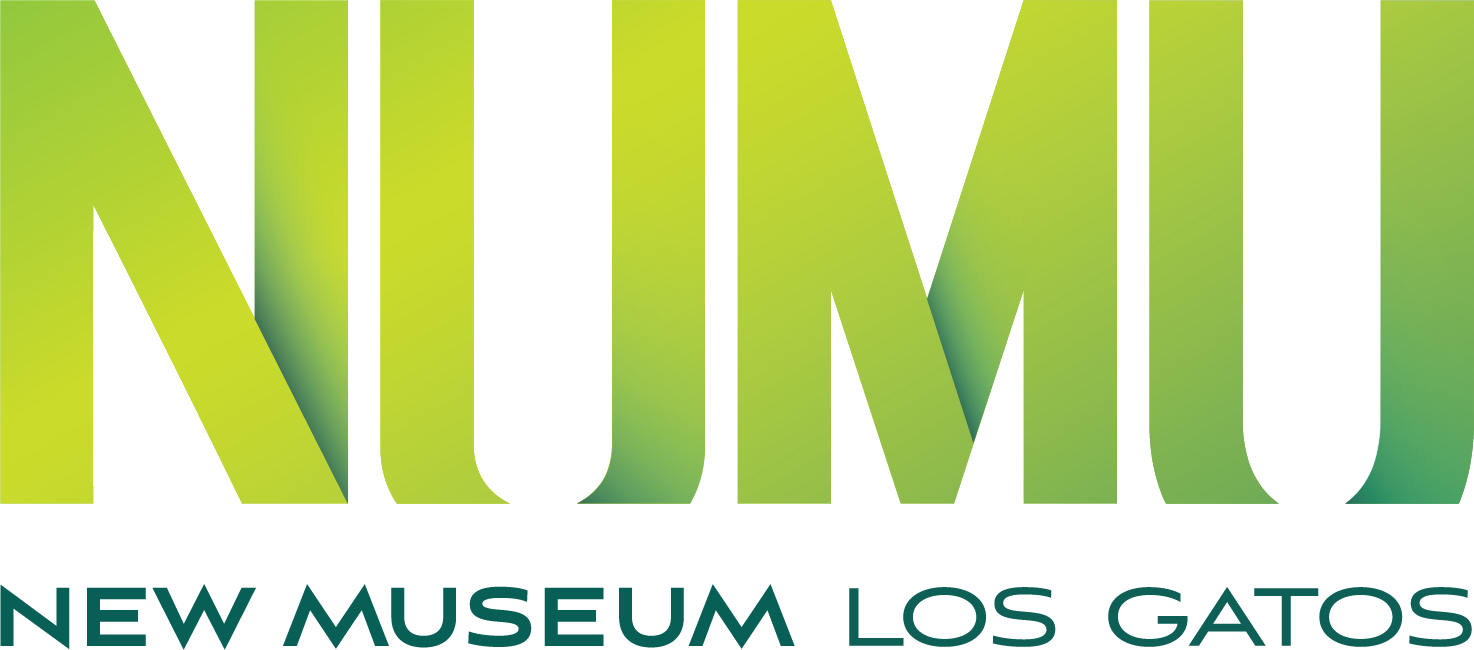In 2016, NUMU partnered with the Muwekma Ohlone, the people indigenous to this area, to create an exhibition that highlighted the history, heritage, and legacy of their tribe. Today, as NUMU renews that partnership, we are sharing the content of that exhibition again throughout the month of November -- Native American Heritage Month -- in order to celebrate the Tribe’s vibrant culture, as well as acknowledge the continued existence of the Muwekma Ohlone peoples.
MISSION EXPANSION, NATIVE DECLINE
As the Spanish traveled north along the coast from Central America in the 18th century, they colonized the coastal territories that are now part of California. 80% of the indigenous population was decimated as a result of the missionization of California between 1769 and 1836.
Indigenous people of the area were housed in filthy, crowded barracks and often subjected to corporal punishment. They were forcibly converted to Catholicism, forbidden practice of their own religions, and made to work in the missions in order to sustain the Spanish conquest. As a result of Spanish colonization, many California Native Americans were stripped of their independence, identity, culture, language, religion, and ownership of ancestral lands.
POST-MISSION PERIOD & CURRENT OHLONE TRIBAL ROOTS
At least 1,000 former mission Native Americans retreated to remote areas north of Mission San Jose into the East Bay and the Central Valley to escape missionization. An indigenous community was established on the road to Alameda Creek, called Oroysom (Place of the Bears.)
After winning independence from Spain in 1821, the Mexican Government acquired former Spanish mission land to return half of it to the native population. However, due to the political power of a few influential families, Spanish descendants obtained the coveted mission lands; three prominent Spanish families of this time were the Bernals, the Picos, and the Sunols.
Portrait of Lopè Iñigo.
An Ohlone named Lopé Iñigo was one of the few California Native Americans of his time to be awarded land after secularization. Under the influence of his mother, Iñigo and his family embraced Spanish conversion. This survival strategy proved to be successful, as Iñigo was appointed to a managerial position at Mission Santa Clara. In 1844, Iñigo was eventually able to secure over a thousand acres of land near present day Moffett Field—the place of his birth as well as his death. Iñigo named this historic village site Posolmi Rancho, Positas de las Ánimas.
CALIFORNIA STATEHOOD AND GENOCIDE
In 1849, approximately 300,000 gold seekers migrated to California. This massive population explosion helped California achieve statehood in 1850. It also resulted in the pillage of land, destruction of natural resources, and ushered in a wave of genocidal campaigns against the indigenous population. In 1851, California’s first governor, Peter H. Burnett, proposed a “war of extermination” with a series of laws aimed at the destruction of native Californians and their way of life.
“Indian” laws in California were among the most inhumane in the nation. With proof of heads or hands, members of the voluntary militia were paid for murdering indigenous people; a total sum of around $29.5 million dollars in modern conversion. Children of murdered California Native Americans could be taken as legal property of the murderer. Early Americans could place bids on undocumented indigenous people to bail them out of jail and keep them as indentured servants.
By the early 20th century, the Native American population had been so dramatically reduced, people believed many tribes were extinct. Due to their conversion to Catholicism and Spanish fluency, many Native Californians were able to pass as Mexican in order to survive these violent times.
We acknowledge that New Museum Los Gatos sits on the ancestral land of the Ohlone, the Tamien Ohlone, and the Muwekma Ohlone people, who have stewarded this land throughout the generations. We recognize their connection to this region and give thanks for the opportunity to live, work, and learn on their traditional homeland. We pay respect to their Elders and to all Ohlone people, past, present, and future. This is one step towards creating a safe place for the community to learn from the past, dialogue about the present, and move forward.
To learn more about the Muwekma Ohlone Tribal Council and how you can support the Tribe, visit their webpage at muwekma.org and follow them on Facebook and Instagram.



